Combat and engineering. Robotic systems for the Russian army
In the interests of the Russian army, ground-based robotic systems for various purposes are being developed. Some of these products have already been put into service and are being mass-produced, while others are still at the stage of testing and development, but will soon go to the troops. The development of new samples with different capabilities and improved characteristics is also underway.
Unified family
The most famous among modern domestic robotic systems (RTC) have managed to get the products of the Uranus family, developed by the 766th department of production and technological equipment. Now this line includes three RTKs for different purposes on a unified chassis. Two versions of the complex have already been brought to series and are being operated by the troops.
The first in the family was the Uran-6 multipurpose engineering robot. It was created in the first half of the tenth years with the aim of re-equipping the engineering troops. This RTK is built on a tracked chassis with an armored hull and can use several types of working bodies. The main ones are various trawls for mine clearance, but other tasks are also possible.
After all the necessary tests and experimental military operation, incl. using on real minefields in Syria, "Uran-6" was recommended for adoption. By 2018, "766 UPTK" organized the serial production of such equipment, and in 2019 the first batch of these RTKs entered the engineering troops of the Russian army.
Since then, there have been regular deliveries of small batches of equipment intended for engineering units from different military districts and regions. RTKs are actively used in various training activities and in combat demining of dangerous areas, in our country and abroad.
The Uran-9 combat complex was built on a unified chassis. This project is distinguished by the contours and design of the hull, and also provides for the installation of an advanced combat module. Such a RTK is equipped with a 30-mm automatic cannon and machine gun, carries rocket-propelled grenades or guided missiles, and also receives a complex of optoelectronic and other equipment for driving, searching and hitting targets. In this configuration, "Uran-9" can fight various ground and air targets. The possibility of using anti-aircraft missiles is being studied.
Since the mid-tenths, "Uranus-9" passed various tests in the conditions of the test site, and in 2017-18. the equipment was tested in Syria. Based on the results of all these activities, the RTK was revised and improved. In January 2019, it became known that "Uran-9" was put into service, and even the production of the first serial batch of such equipment is being completed.
In the future, the Ministry of Defense has repeatedly reported on the supply of RTK "Uran-9" to the combat units of the engineering troops. The last news of this kind took place in April of this year. Then the transfer of five complexes with four combat robots in everyone. Serial "Uranus-9" has been regularly involved in army maneuvers since the testing period.
New order
The other day the Ministry of Defense announced that at the Army-2021 forum a contract would be signed for the supply of the Uran-14 fire extinguishing system. The volume of supplies and the cost of such an agreement have not yet been announced. Perhaps this information will be disclosed later, after placing the order.
Robot "Uran-14" is designed to dismantle debris and extinguish fires. It is distinguished by the presence of tanks for water and a foaming agent with a total capacity of 2600 liters. On the nose of the hull there is a gripper, a blade or other engineering equipment, and an arrow with a fire barrel is installed on the roof. The armored body protects components and assemblies from possible damage, and overheating of the structure is excluded due to the self-cooling system.
Over the past few years, "Uran-14" has been tested in the conditions of test sites. In addition, experienced RTKs of this type were involved several times in real rescue operations and in extinguishing fires at military facilities. Based on the experience of these events, the Ministry of Defense is preparing to order serial equipment.
Middle class
In parallel with "Uranus", RTKs of other classes are being developed, incl. based on existing technology. So, VNII "Signal" continues to work on the "Impact" project. It provides for a minor restructuring of the serial BMP-3 with the installation of a new combat module and the installation of autonomous and remote control systems. Also, "Strike" can be carried by unmanned aerial vehicles that increase situational awareness.
Over the past few years, the experienced "Udar" regularly goes to the training ground and participates in military-technical exhibitions. This year, it was reported about the successful development of technical vision and autonomous control on the route. RTK has confirmed the ability to move independently on different routes.
The timing of the completion of work on the "Impact" is unknown. At the same time, the developers indicate the possible areas of its application. In an autonomous or remotely controlled mode, such a RTK will be able to conduct reconnaissance, patrol and solve other tasks.
Heavy analogue "Uranus"
VNII "Signal" is also working on the subject of engineering RTKs, however, it is engaged in heavy equipment. Several years ago, the robot "Pass-1" was shown for the first time, which is a remotely controlled demining vehicle with the ability to work with a crew.
"Pass-1" is made on the basis of the main tank T-90 and is distinguished by the absence of a turret and additionally reinforced protection of the hull and superstructure. In the bow, there are mountings for the installation of trawls of various models, roller, electromagnetic, etc. For self-defense, the vehicle (if there is a crew) can use a large-caliber machine gun.
Engineering RTK has several modes of operation. The control can be carried out by the crew from workplaces in the building, from a remote control panel via a radio channel or in an autonomous mode. In the latter case, the armored vehicle independently passes along the specified route. Effective work in all modes is confirmed by tests.
It is assumed that the "Pass-1" at the tank base has every chance of entering service and supplementing other equipment of engineering units. Depending on the tasks that arise, he will be able to work independently or together with other equipment, incl. with existing and prospective RTKs.
Directions of development
Since the beginning of the last decade, the Russian army and defense industry have been paying great attention to the topic of robotic systems for combat, reconnaissance and other purposes. New projects were launched and a variety of samples were developed. As a result, by now we are talking not about individual projects, but about a full-fledged direction with great prospects.
Both specific complexes and entire families of robots are being developed. So, two of the three samples of the "Uranus" family have already reached service in the army and a third is expected. The necessary technologies are also being developed. For example, within the framework of the Kungas project, a complex with common control systems was created, including several robots on chassis of different types, from an ultralight wheeled platform to an automated BTR-MDM.
In general, the direction of medium and heavy robotic systems, capable of solving combat and auxiliary tasks at the front line and in dangerous zones, continues to develop and gives new and new results. Some of these samples have already entered service, and the following products are expected in the near future. The positive consequences of such processes are obvious.
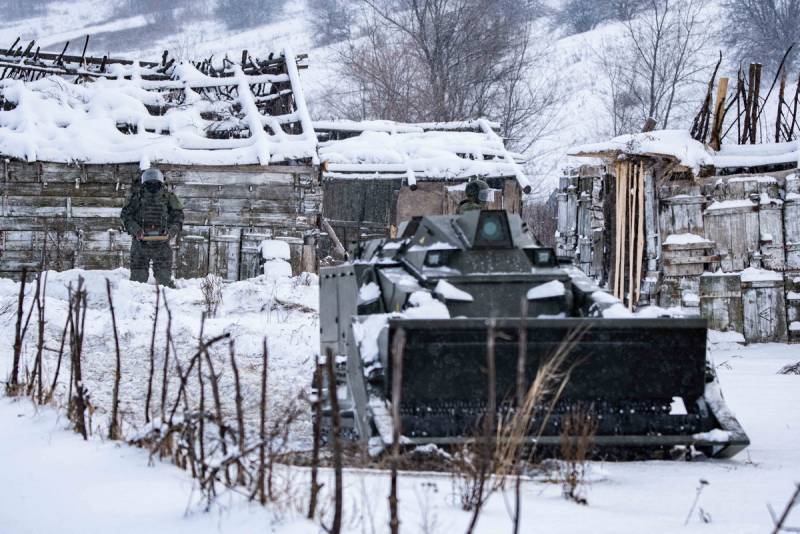
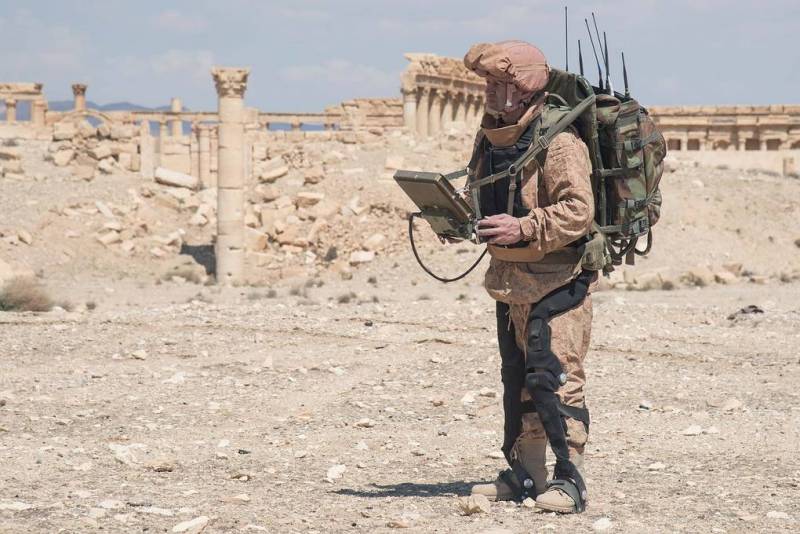
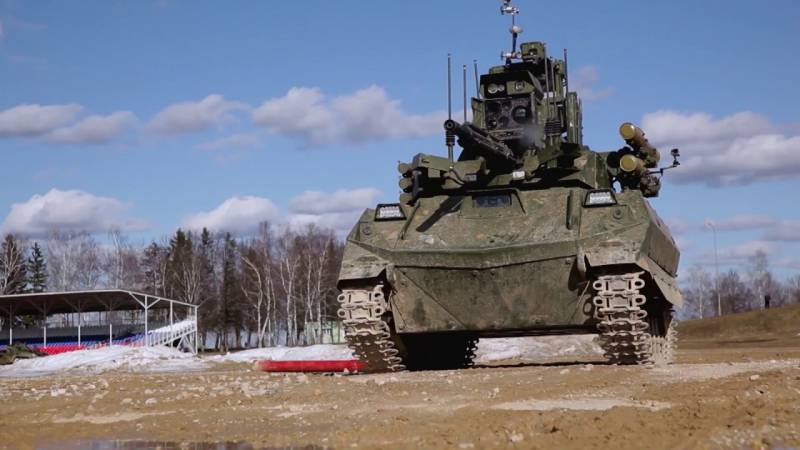
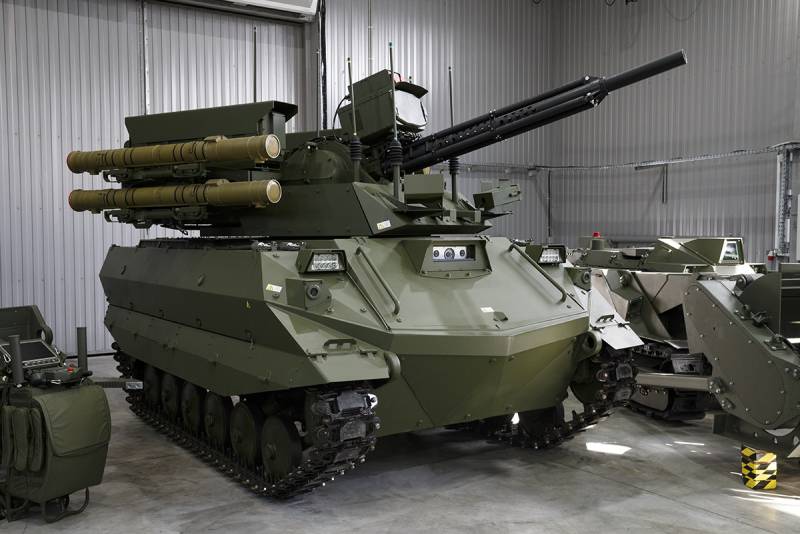
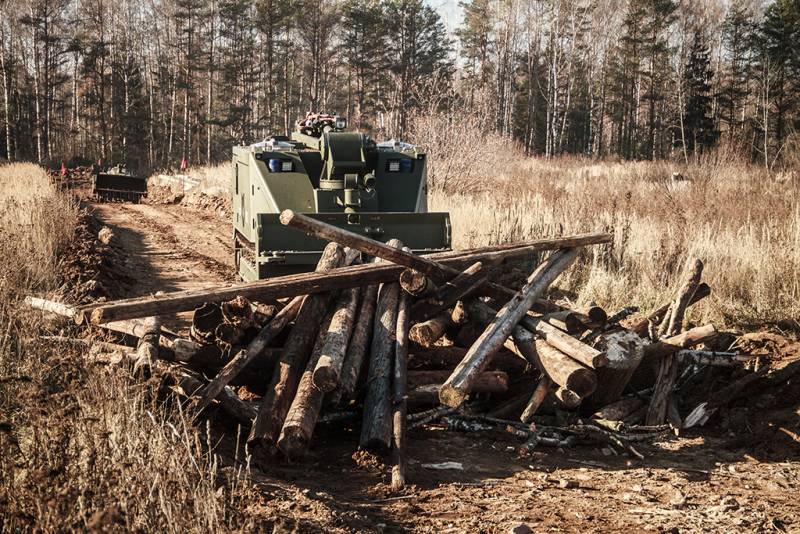
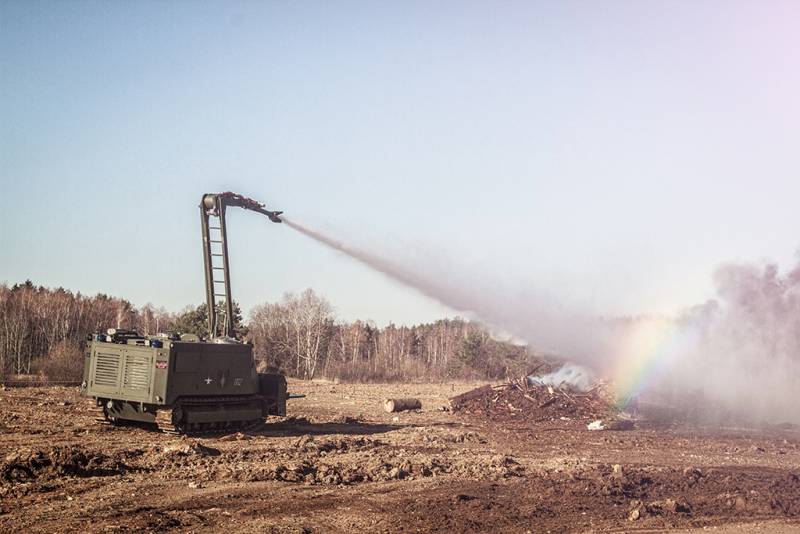
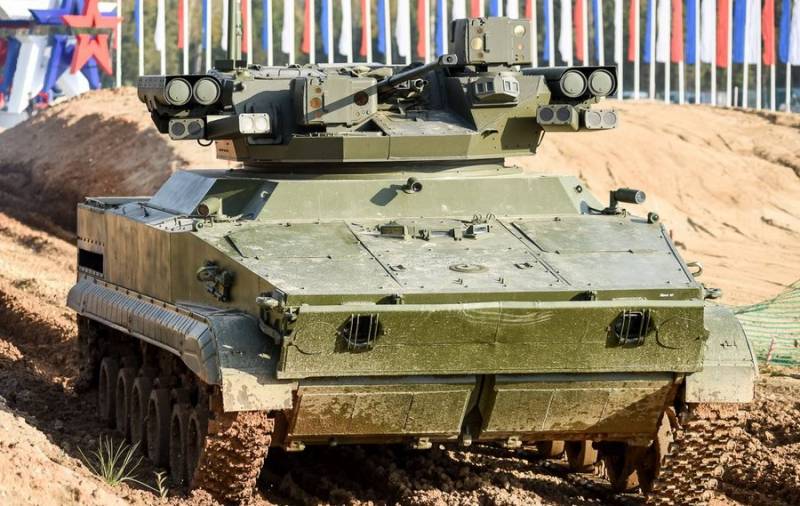
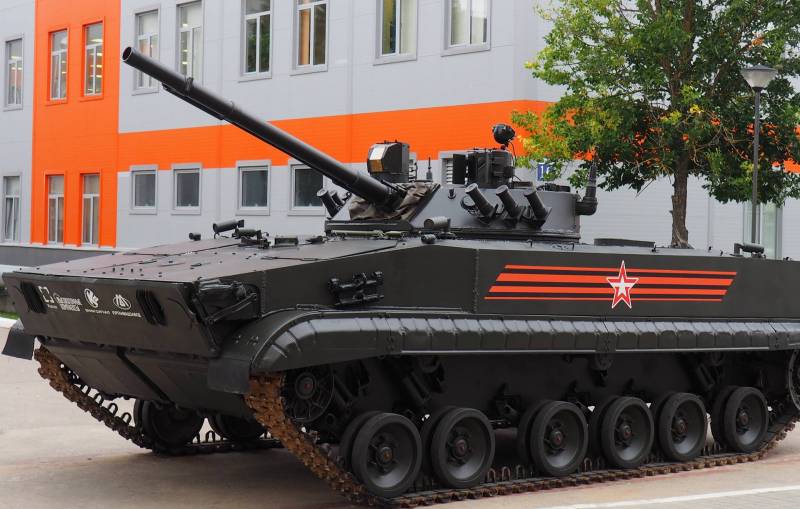
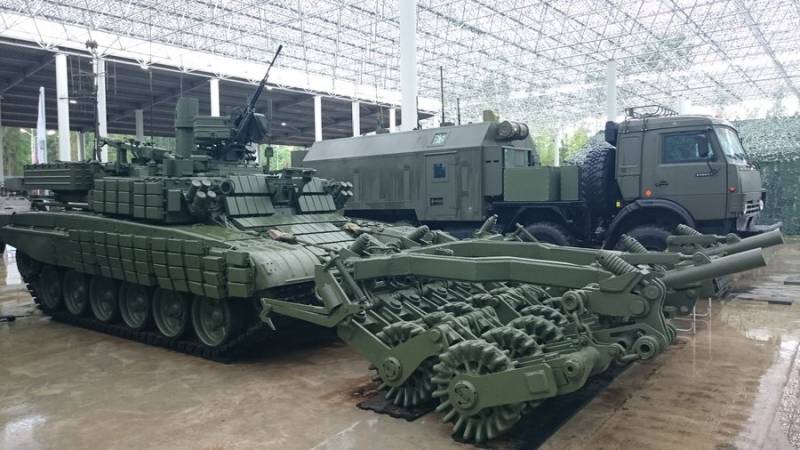
Information